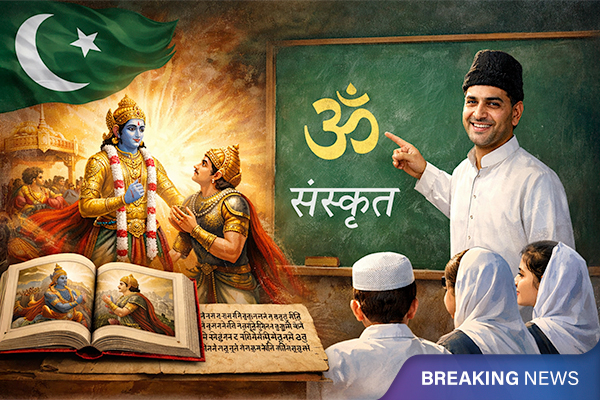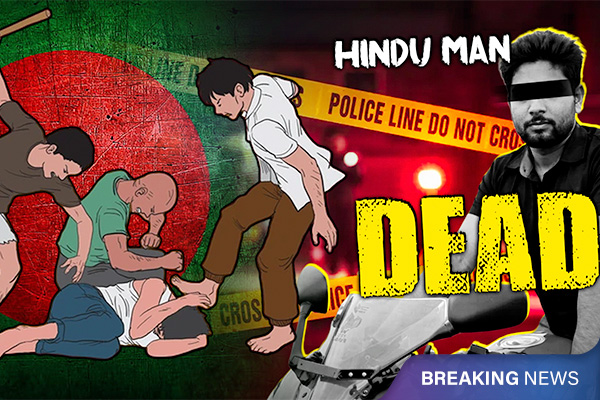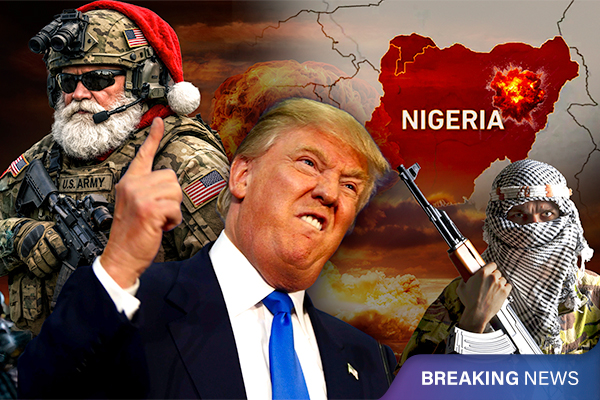Was Pakistan Going To Attack India with Nuclear Weapons?
In May 2025, rising tensions between India and Pakistan nearly led to war, but a sudden US intervention helped both countries agree to a ceasefire, possibly preventing a nuclear conflict.
In early May 2025, the situation between India and Pakistan became very serious. It looked like a full war could begin at any moment. But on 10 May, something surprising happened — US President Donald Trump announced on social media that both countries had agreed to a ceasefire (stop fighting). Just like that, everything suddenly calmed down.
Let’s understand what happened step by step.
Rising Tensions and Big Attacks
On 7 May, India launched Operation Sindoor and attacked terrorist camps in PoK and inside Pakistan.
The next day, on 8 May, Pakistan responded by sending drones to attack India. India answered strongly by destroying Pakistan’s air defence systems.
Even after that, Pakistan continued sending missiles and drones to Indian cities. But India’s Air Defence System stopped those attacks.
In response, India attacked Pakistan’s air bases and hit 9 major cities, including Lahore and Rawalpindi.
US Says “Not Our Business” – Then Sudden Ceasefire
On 9 May, US Vice President JD Vance was asked about the India-Pakistan conflict. He said,
“That’s none of our business.”
This showed that the US was not planning to step in. But just one day later, President Donald Trump posted online that India and Pakistan had agreed to a ceasefire. The whole world was shocked.
What Changed in One Day?
On 11 May, President Trump gave a hint. He said:
“Millions of good and innocent people could have died!”
This sentence was very serious. Because only a nuclear war can kill so many people so quickly.
This made people wonder:
Was Pakistan about to use a nuclear weapon?
There were reports that Pakistan held a nuclear command meeting a few days before — though they later denied it. There were also rumours of a small earthquake near the Afghanistan-Pakistan border, which some people believe was actually a nuclear test.
US Intervenes After 'Shocking Intel'
After this, Vice President JD Vance called Prime Minister Modi and said the US had received alarming intelligence (shocking information from spy agencies). He asked India to consider a ceasefire.
PM Modi replied strongly, saying:
“If Pakistan does anything more, our response will be far stronger.”
This raised fears that India might also use nuclear weapons if things went out of control. The US did not want this, so they stepped in and convinced both sides to stop fighting.
Later, Pakistan’s DGMO (army officer) called India’s DGMO to agree on a ceasefire.
India’s Firm Warning to Pakistan
On 11 May, PM Modi warned Pakistan clearly. He said:
“If they fire a bullet, we will fire a shell.”
That same day, senior officials of the Indian Army gave a press conference. They showed photos and proof of how India attacked Pakistan.
When asked how many terrorists were killed, Air Marshal AK Bharti said:
“Our job is to hit the target, not to count the dead bodies.”
The Army said:
- 35–40 Pakistani soldiers were killed at the LoC.
- Pakistan’s Air Force lost a few aircraft.
India’s Stand: No Third Party, No Talks Without PoK
President Trump offered to help bring peace and solve the Kashmir issue. But PM Modi refused, saying India will not allow any other country to get involved.
India also made it clear:
There will be no talks with Pakistan unless it agrees to give back PoK (Pakistan-occupied Kashmir).
Conclusion
This situation shows that India has taken a very strong stand against terrorism. If there is any attack in future — especially a terrorist attack — India will treat it as an act of war and respond with full power.
Thanks to last-minute efforts and strong warnings, a major war — possibly even a nuclear one — was avoided. But the message is now clear: India will not tolerate terrorism anymore.







